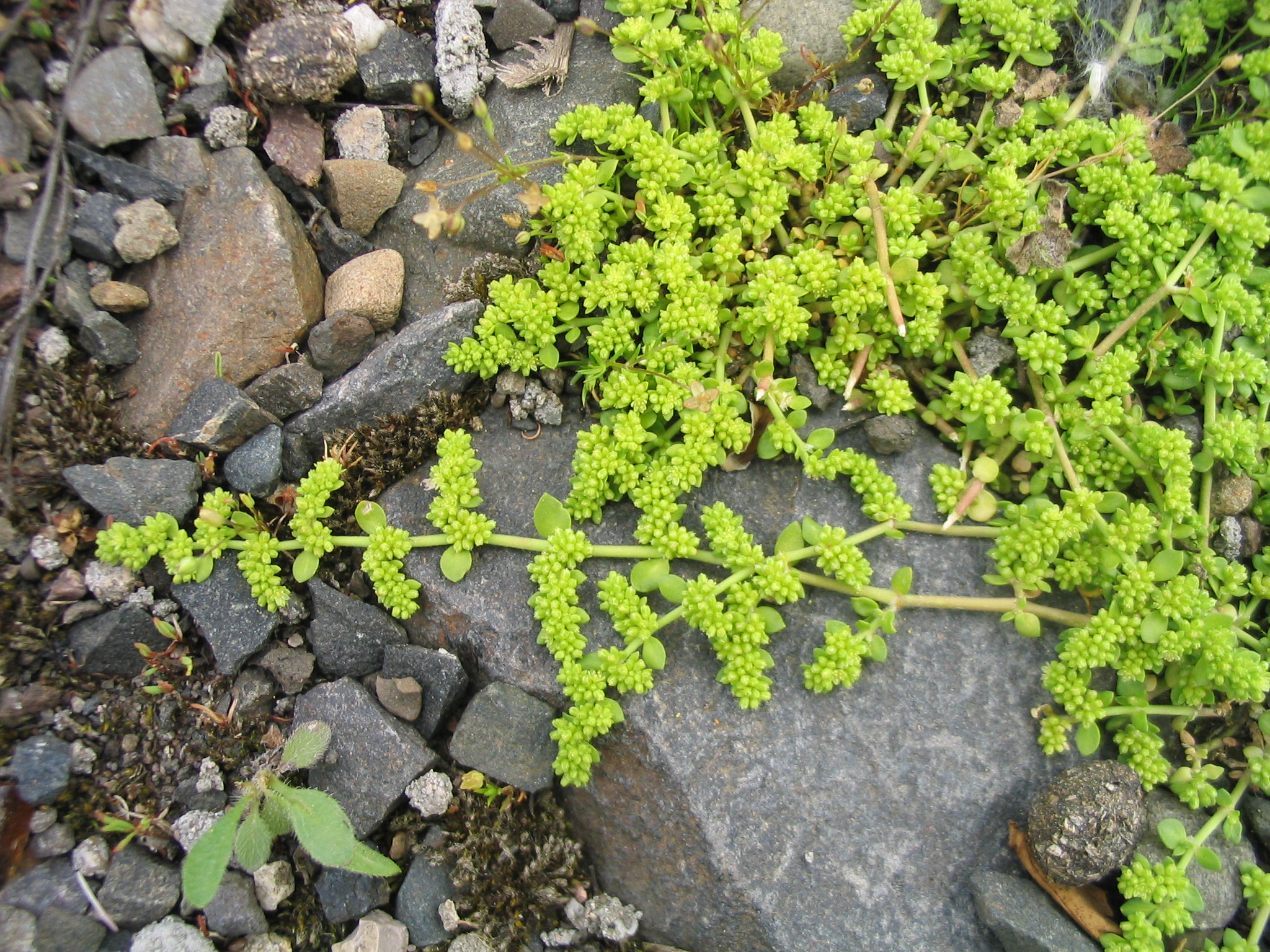|
Salix Sericea
''Salix sericea'', commonly known as silky willow, is a shrub in the Salicaceae family that grows in swamps and along rivers in eastern United States and Canada. It is tall and has long, thin, purplish twigs. The leaves are 6–10 cm long, 7–8 mm wide, lanceolate, acuminate, serrulate, dark green and lightly hairy on top, and light green and densely covered with white silky hairs underneath. Mature leaves are glabrous. The petioles are 1 cm long. Catkins are sessile Sessility, or sessile, may refer to: * Sessility (motility), organisms which are not able to move about * Sessility (botany), flowers or leaves that grow directly from the stem or peduncle of a plant * Sessility (medicine), tumors and polyps that ... and usually bracteate. ''S. sericea'' blooms in May and fruits in June. References sericea Trees of the Southeastern United States {{salicaceae-stub ... [...More Info...] [...Related Items...] OR: [Wikipedia] [Google] [Baidu] |
Salicaceae
The Salicaceae is the willow family of flowering plants. The traditional family (Salicaceae ''sensu stricto'') included the willows, poplar, aspen, and cottonwoods. Genetic studies summarized by the Angiosperm Phylogeny Group (APG) have greatly expanded the circumscription of the family to contain 56 genera and about 1220 species, including the Scyphostegiaceae and many of the former Flacourtiaceae. In the Cronquist system, the Salicaceae were assigned to their own order, Salicales, and contained three genera (''Salix'', ''Populus'', and '' Chosenia''). Recognized to be closely related to the Violaceae and Passifloraceae, the family is placed by the APG in the order Malpighiales. Under the new circumscription, all members of the family are trees or shrubs that have simple leaves with alternate arrangement and temperate members are usually deciduous. Most members have serrate or dentate leaf margins, and those that have such toothed margins all exhibit salicoid teeth; a sali ... [...More Info...] [...Related Items...] OR: [Wikipedia] [Google] [Baidu] |
Lanceolate
The following is a list of terms which are used to describe leaf morphology in the description and taxonomy of plants. Leaves may be simple (a single leaf blade or lamina) or compound (with several leaflets). The edge of the leaf may be regular or irregular, may be smooth or bearing hair, bristles or spines. For more terms describing other aspects of leaves besides their overall morphology see the leaf article. The terms listed here all are supported by technical and professional usage, but they cannot be represented as mandatory or undebatable; readers must use their judgement. Authors often use terms arbitrarily, or coin them to taste, possibly in ignorance of established terms, and it is not always clear whether because of ignorance, or personal preference, or because usages change with time or context, or because of variation between specimens, even specimens from the same plant. For example, whether to call leaves on the same tree "acuminate", "lanceolate", or "linear" co ... [...More Info...] [...Related Items...] OR: [Wikipedia] [Google] [Baidu] |
Acuminate
The following is a list of terms which are used to describe leaf morphology in the description and taxonomy of plants. Leaves may be simple (a single leaf blade or lamina) or compound (with several leaflets). The edge of the leaf may be regular or irregular, may be smooth or bearing hair, bristles or spines. For more terms describing other aspects of leaves besides their overall morphology see the leaf article. The terms listed here all are supported by technical and professional usage, but they cannot be represented as mandatory or undebatable; readers must use their judgement. Authors often use terms arbitrarily, or coin them to taste, possibly in ignorance of established terms, and it is not always clear whether because of ignorance, or personal preference, or because usages change with time or context, or because of variation between specimens, even specimens from the same plant. For example, whether to call leaves on the same tree "acuminate", "lanceolate", or "linear" could ... [...More Info...] [...Related Items...] OR: [Wikipedia] [Google] [Baidu] |
Serrulate
The following is a list of terms which are used to describe leaf morphology in the description and taxonomy of plants. Leaves may be simple (a single leaf blade or lamina) or compound (with several leaflets). The edge of the leaf may be regular or irregular, may be smooth or bearing hair, bristles or spines. For more terms describing other aspects of leaves besides their overall morphology see the leaf article. The terms listed here all are supported by technical and professional usage, but they cannot be represented as mandatory or undebatable; readers must use their judgement. Authors often use terms arbitrarily, or coin them to taste, possibly in ignorance of established terms, and it is not always clear whether because of ignorance, or personal preference, or because usages change with time or context, or because of variation between specimens, even specimens from the same plant. For example, whether to call leaves on the same tree "acuminate", "lanceolate", or "linear" could ... [...More Info...] [...Related Items...] OR: [Wikipedia] [Google] [Baidu] |
Glabrous
Glabrousness (from the Latin '' glaber'' meaning "bald", "hairless", "shaved", "smooth") is the technical term for a lack of hair, down, setae, trichomes or other such covering. A glabrous surface may be a natural characteristic of all or part of a plant or animal, or be due to loss because of a physical condition, such as alopecia universalis in humans, which causes hair to fall out or not regrow. In botany Glabrousness or otherwise, of leaves, stems, and fruit is a feature commonly mentioned in plant keys; in botany and mycology, a ''glabrous'' morphological feature is one that is smooth and may be glossy. It has no bristles or hair-like structures such as trichomes. In anything like the zoological sense, no plants or fungi have hair or wool, although some structures may resemble such materials. The term "glabrous" strictly applies only to features that lack trichomes at all times. When an organ bears trichomes at first, but loses them with age, the term used is ''glabres ... [...More Info...] [...Related Items...] OR: [Wikipedia] [Google] [Baidu] |
Petiole (botany)
In botany, the petiole () is the stalk that attaches the leaf blade to the stem, and is able to twist the leaf to face the sun. This gives a characteristic foliage arrangement to the plant. Outgrowths appearing on each side of the petiole in some species are called stipules. Leaves with a petiole are said to be petiolate, while leaves lacking a petiole are called sessile or apetiolate. Description The petiole is a stalk that attaches a leaf to the plant stem. In petiolate leaves, the leaf stalk may be long, as in the leaves of celery and rhubarb, or short. When completely absent, the blade attaches directly to the stem and is said to be sessile. Subpetiolate leaves have an extremely short petiole, and may appear sessile. The broomrape family Orobanchaceae is an example of a family in which the leaves are always sessile. In some other plant groups, such as the speedwell genus '' Veronica'', petiolate and sessile leaves may occur in different species. In the grasses ( Poacea ... [...More Info...] [...Related Items...] OR: [Wikipedia] [Google] [Baidu] |
Catkin
A catkin or ament is a slim, cylindrical flower cluster (a spike), with inconspicuous or no petals, usually wind- pollinated ( anemophilous) but sometimes insect-pollinated (as in '' Salix''). They contain many, usually unisexual flowers, arranged closely along a central stem that is often drooping. They are found in many plant families, including Betulaceae, Fagaceae, Moraceae, and Salicaceae. Occurrence Catkin-bearing plants include many trees or shrubs such as birch, willow, aspen, hickory, sweet chestnut, and sweetfern (''Comptonia''). In many of these plants, only the male flowers form catkins, and the female flowers are single (hazel, oak), a cone ( alder), or other types ( mulberry). In other plants (such as poplar), both male and female flowers are borne in catkins. In Britain, they can be seen in January or February, when many trees are bare for winter. They can even occur in December. Evolution For some time, catkins were believed to be a key synapom ... [...More Info...] [...Related Items...] OR: [Wikipedia] [Google] [Baidu] |
Sessile , in cultural anthropology, the practice of living in one place for a long time
{{disambiguation ...
Sessility, or sessile, may refer to: * Sessility (motility), organisms which are not able to move about * Sessility (botany), flowers or leaves that grow directly from the stem or peduncle of a plant * Sessility (medicine), tumors and polyps that lack a stalk * Sessility (in crystallography), dislocation that is not able to move in the slip plane (as opposed to glissile) See also * Sedentism In cultural anthropology, sedentism (sometimes called sedentariness; compare sedentarism) is the practice of living in one place for a long time. , the large majority of people belong to sedentary cultures. In evolutionary anthropology and ar ... [...More Info...] [...Related Items...] OR: [Wikipedia] [Google] [Baidu] |
Bracteate
A bracteate (from the Latin ''bractea'', a thin piece of metal) is a flat, thin, single-sided gold medal worn as jewelry that was produced in Northern Europe predominantly during the Migration Period of the Germanic Iron Age (including the Vendel era in Sweden). Bracteate coins are also known from the medieval kingdoms around the Bay of Bengal such as Harikela and Mon city-states. The term is also used for thin discs, especially in gold, to be sewn onto clothing in the ancient world, as found for example in the ancient Persian Oxus treasure, and also later silver coins produced in central Europe during the Early Middle Ages. Gold bracteates from the Migration Period Gold bracteates commonly denote a certain type of jewelry, made mainly in the 5th to 7th century AD, represented by numerous gold specimens. Bead-rimmed and fitted with a loop, most were intended to be worn suspended by a string around the neck, supposedly as an amulet. The gold for the bracteates came from coins ... [...More Info...] [...Related Items...] OR: [Wikipedia] [Google] [Baidu] |
Salix Sericea(02)
''Salix sericea'', commonly known as silky willow, is a shrub in the Salicaceae family that grows in swamps and along rivers in eastern United States and Canada. It is tall and has long, thin, purplish twigs. The leaves are 6–10 cm long, 7–8 mm wide, lanceolate, acuminate, serrulate, dark green and lightly hairy on top, and light green and densely covered with white silky hairs underneath. Mature leaves are glabrous. The petioles are 1 cm long. Catkin A catkin or ament is a slim, cylindrical flower cluster (a spike), with inconspicuous or no petals, usually wind-pollinated (anemophilous) but sometimes insect-pollinated (as in ''Salix''). They contain many, usually unisexual flowers, arranged cl ...s are sessile and usually bracteate. ''S. sericea'' blooms in May and fruits in June. References sericea Trees of the Southeastern United States {{salicaceae-stub ... [...More Info...] [...Related Items...] OR: [Wikipedia] [Google] [Baidu] |
Salix
Willows, also called sallows and osiers, from the genus ''Salix'', comprise around 400 speciesMabberley, D.J. 1997. The Plant Book, Cambridge University Press #2: Cambridge. of typically deciduous trees and shrubs, found primarily on moist soils in cold and temperate regions. Most species are known as willow, but some narrow-leaved shrub species are called osier, and some broader-leaved species are referred to as sallow (from Old English ''sealh'', related to the Latin word ''salix'', willow). Some willows (particularly arctic and alpine species) are low-growing or creeping shrubs; for example, the dwarf willow (''Salix herbacea'') rarely exceeds in height, though it spreads widely across the ground. Description Willows all have abundant watery bark sap, which is heavily charged with salicylic acid, soft, usually pliant, tough wood, slender branches, and large, fibrous, often stoloniferous roots. The roots are remarkable for their toughness, size, and tenacity to live ... [...More Info...] [...Related Items...] OR: [Wikipedia] [Google] [Baidu] |





.jpg)
